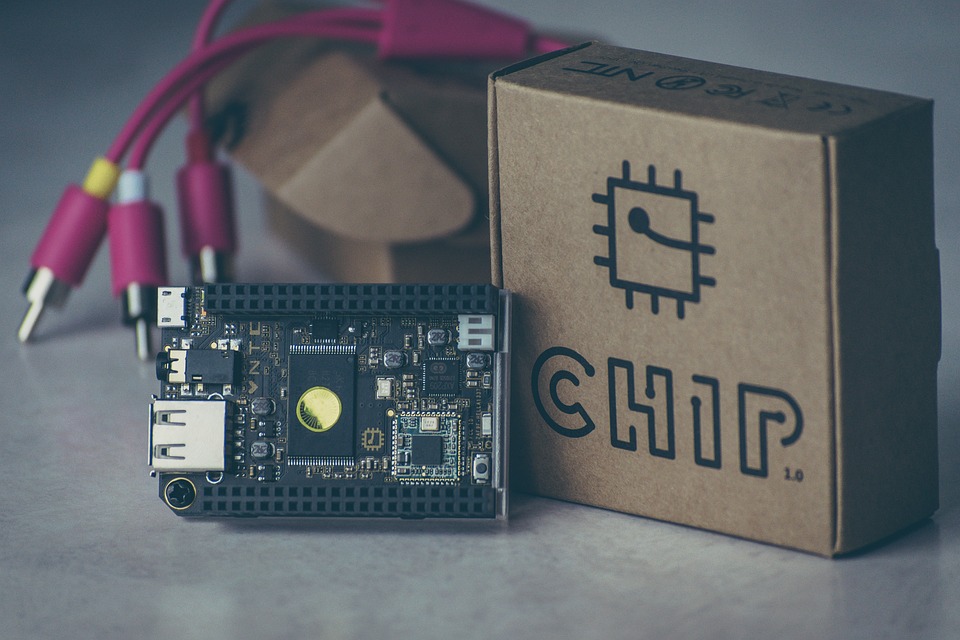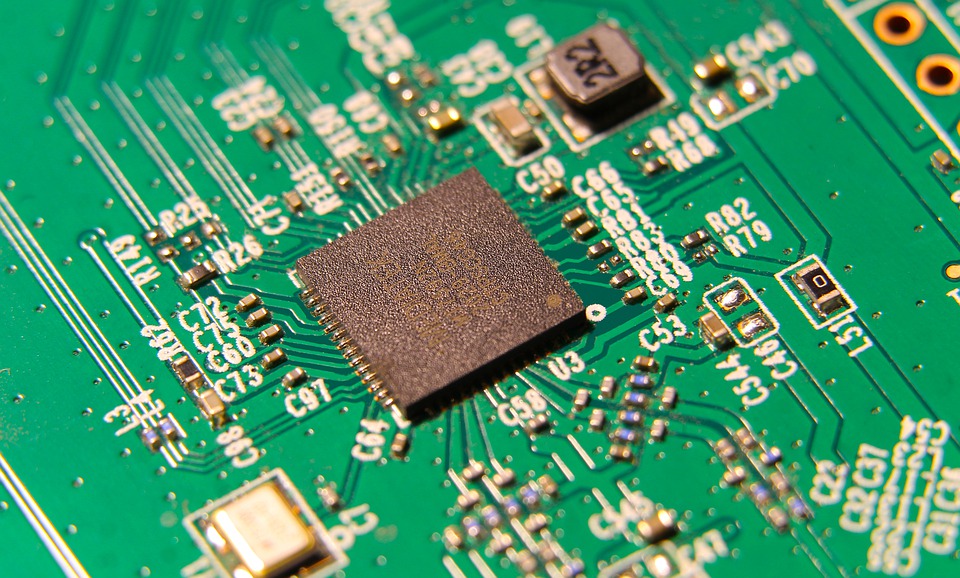Over the past few decades, technology has advanced at an exponential rate, transforming the way we live, work, and communicate. One of the key drivers of this evolution has been the development of hardware technology, which has seen significant changes and improvements over the years. From the bulky, desktop PCs of the 1980s to the sleek, portable wearables of today, hardware technology has come a long way.
In the early days of personal computing, PCs were large, bulky machines that required a significant amount of space and power to operate. These early computers were slow, had limited storage capacity, and were primarily used for basic tasks such as word processing and gaming. However, as technology advanced, PCs became smaller, faster, and more powerful, revolutionizing the way we work and play.
One of the major advancements in PC technology was the development of the microprocessor, which enabled computers to perform multiple tasks simultaneously and at a much faster rate. This led to the development of more advanced software applications, such as graphic design programs and video editing software, which further expanded the capabilities of PCs.
In recent years, the focus has shifted from desktop PCs to mobile devices, such as smartphones and tablets, which have become the primary computing devices for many people. These devices are smaller, lighter, and more portable than traditional PCs, allowing users to stay connected and productive while on the go. The development of touchscreen technology has also made it easier to interact with these devices, further blurring the lines between traditional PCs and mobile devices.
Another major trend in hardware technology is the rise of wearables, such as smartwatches and fitness trackers, which are designed to be worn on the body. These devices are equipped with sensors and processors that can track a variety of health and fitness metrics, as well as provide notifications and alerts. Wearables have become increasingly popular in recent years, as people seek to monitor their health and stay connected without being tethered to a smartphone or computer.
Looking ahead, the future of hardware technology looks promising, with advancements in artificial intelligence, augmented reality, and quantum computing on the horizon. These technologies have the potential to revolutionize the way we interact with computers and devices, making them more intuitive, immersive, and powerful than ever before.
In conclusion, the evolution of hardware technology has been a driving force behind the rapid advancement of the digital age. From the early days of PCs to the rise of wearables, technology has continued to improve and innovate, shaping the way we live, work, and communicate. As we look towards the future, it is clear that hardware technology will play a key role in shaping the next wave of technological advancements.




